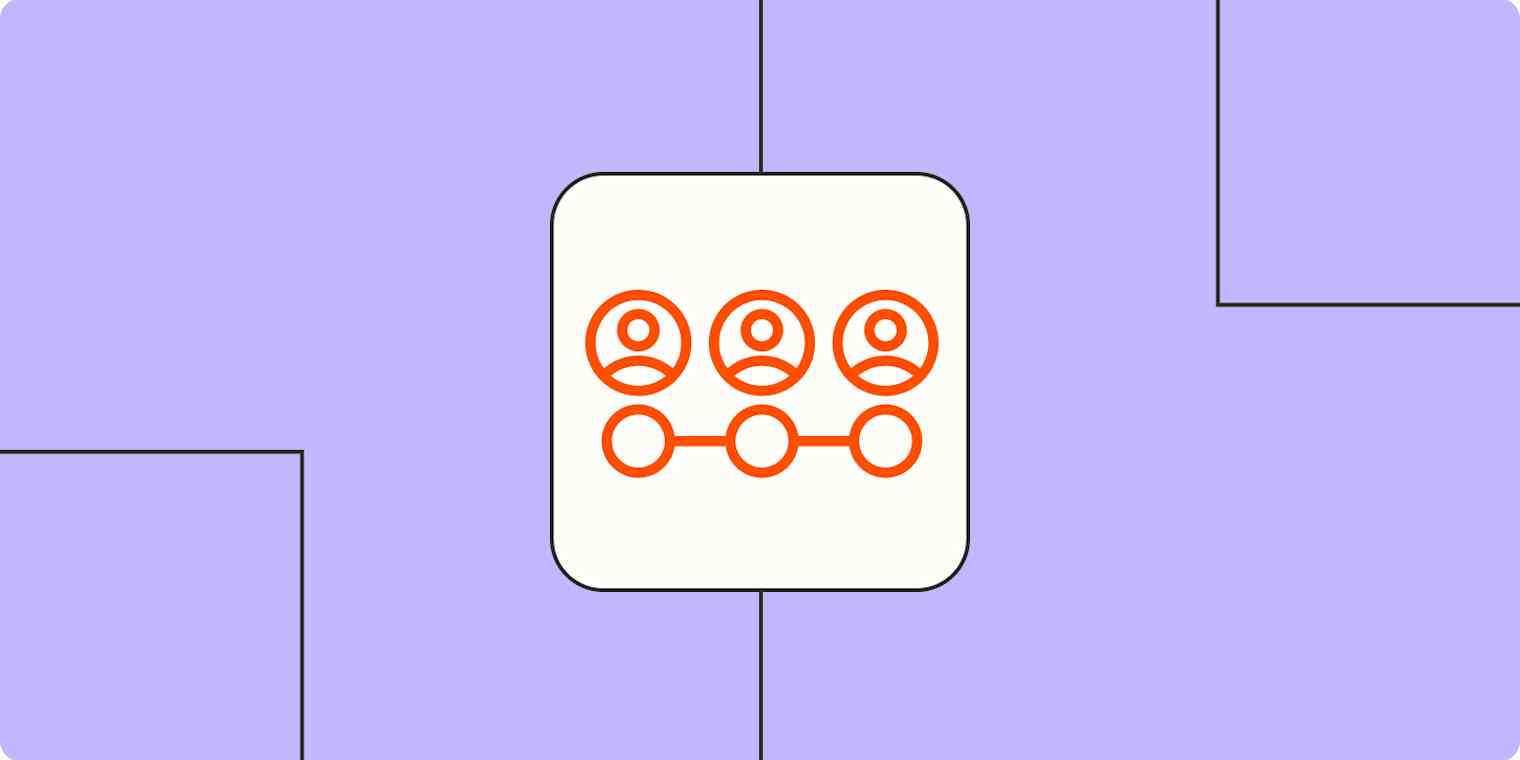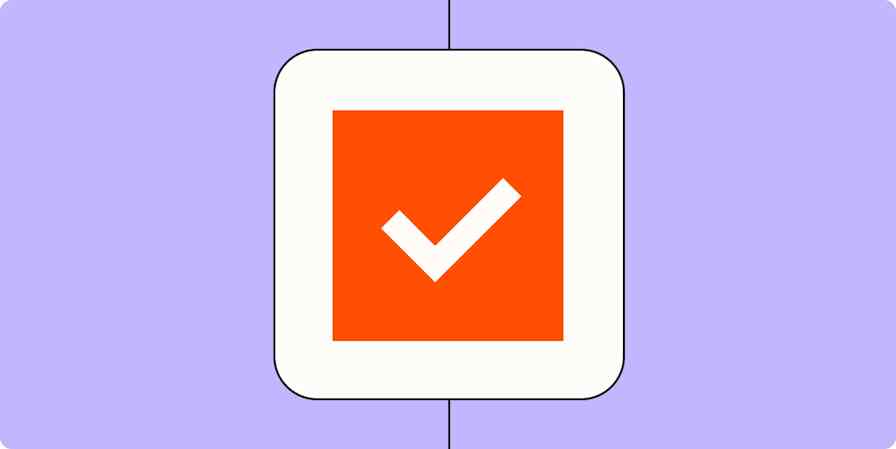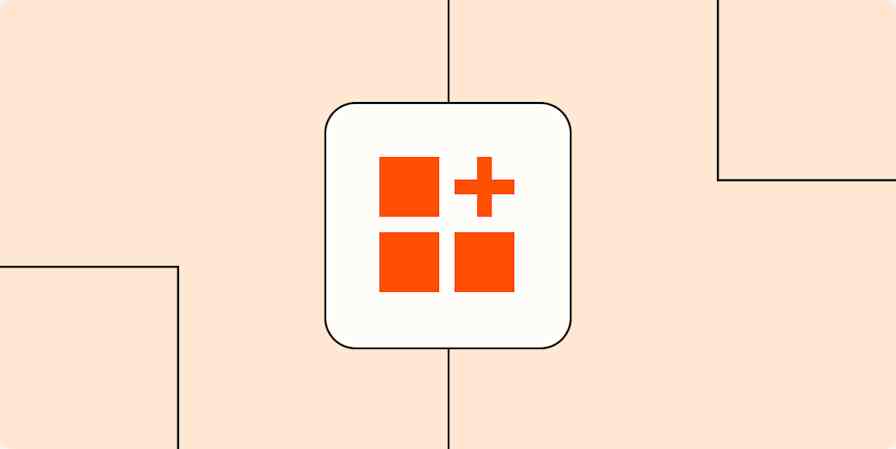I've been getting into Survivor recently. If you've ever watched the show, you know the players who last the longest aren't always the flashiest or the most physically dominant—they're the ones who know how to read the room, make smart alliances, and adapt their game as they go. Winning isn't just about the final tribal; it's about managing the moves that get you there.
Sales isn't all that different. Teams spend a lot of time thinking about how to close more deals, but the biggest wins often come from adapting and optimizing the process that makes those wins possible. An optimized sales process means fewer wasted conversations, faster cycles, and more time spent on the leads that actually convert.
We spoke with seven sales professionals who've made tangible improvements to how they sell—boosting their close rates, shortening their pipelines, and keeping reps focused. Here's how they did it, and how you can apply their insights to your own sales strategy. And if you ever get on Survivor, maybe it'll help you win the million bucks, too.
Table of contents:
Disqualify leads quickly
I'll refrain from making any jokes about a clogged pipeline being a plumbing nightmare (you're welcome). Let's just say if your sales pipeline looks more like a junk drawer than a curated list, it might be time to declutter.
"A bloated sales pipeline with lukewarm leads wastes time and dampens morale," says Lev Tretyakov, the CEO and Sales Director at Fortador. His team has found that saying no early can be just as powerful as chasing a yes.
Here's what that looks like in practice: "We developed an industry-specific disqualification matrix," Lev explains. "If a prospect doesn't meet key criteria, like budget alignment, industry applicability, or operational needs, our team actively disqualifies them within the first three to five days of entering the funnel. It requires discipline and trust in the system, as it sometimes means letting go of 'maybes' that could conceivably close."
They also trained their team to ask hard, specific questions during the discovery stage to identify pain points and determine alignment. Lev says, "Within a quarter, we saw our lead-to-close ratio improve by 27%. Our average sales cycle shortened by nearly 18 days. The biggest value came in the form of regained team focus—we weren't chasing low-value opportunities anymore."
So what's Lev's biggest takeaway? "An optimized sales process isn't just about locking in the 'yes.' It's about efficiently and decisively eliminating the 'no's and the 'not yet's. Clearing the bottleneck allows your team to allocate expertise where it really counts. It creates a high-performance culture of focus and precision rather than frustration."
Use scoring to prioritize leads
Before assembling a puzzle (on my coffee table, not on a remote Fijian island), I'm the kind of person who needs to sort all the pieces first. And while I've had to withstand some unnecessarily persistent teasing from my family over it, I'm still convinced my way is best. Getting yourself organized at the outset actually saves time in the end.
Using a lead scoring system is like zeroing in on all the puzzle's edge pieces—it helps you focus your energy where it's most likely to pay off first. Navin Kumar, who's in sales and marketing at EDS FZE, agrees. "Lead scoring helps prioritize leads based on their likelihood to convert, letting sales teams focus their efforts on the most promising prospects."
Navin offers a helpful example: "We implemented a lead scoring system at a previous company, where we assigned points to leads based on factors like engagement level, company size, industry, and interactions with our marketing materials (e.g., opening emails, clicking on links, downloading resources). We also incorporated behavioral signals like website visits and demo requests."
Navin continues, "Once the scoring system was in place, the sales team was able to focus their time on high-scoring leads that were more likely to convert, rather than spending time on leads that were not yet ready to buy. This not only improved efficiency but also increased our close rate by 25% over a six-month period. Incorporating lead scoring helped make our sales process more targeted and efficient, delivering measurable improvements in conversion rates and overall sales performance."
Automating your lead gen process lets you apply those scores consistently. Your CRM tool likely has plenty of automations to help you score leads, but you can automate things even more by connecting your CRM with Zapier. Send all the data you need directly to your lead scoring system, from thousands of apps. Learn more about automating your CRM, or check out these pre-made workflows for inspiration.
Analyze new Typeform entries with OpenAI and send to a Google Sheet
Enrich new Facebook Lead Ad leads with Lead Score by Zapier and log them in Google Sheets
Add new Typeform form entries to Salesforce as leads
Add new Shopify customers to EngageBay as contacts
Zapier is the most connected AI orchestration platform—integrating with thousands of apps from partners like Google, Salesforce, and Microsoft. Use interfaces, data tables, and logic to build secure, automated, AI-powered systems for your business-critical workflows across your organization's technology stack. Learn more.
Implement mutual action plans
It's a tale as old as time: you see an old friend at a party, excitedly discuss meeting up for coffee soon, and then… crickets. No one takes the initiative to follow up and solidify the plans, so you both end up feeling ghosted (and sorely lacking in scones).
Sales is the same way. When deals stall, it's usually because no one knows what's supposed to happen next. Mutual action plans keep both parties accountable and moving in the same direction. According to Jon Corrigan, the VP of Revenue for MinuteBox, "it's all about reinforcing specific goals, aligning on the next steps, and establishing mutual accountability."
Jon explains that a mutual action plan helps streamline your sales process in several ways: "It provides a clear next step after pricing or demos, reinforces key insights from discovery, creates an urgency to drive the deal forward, and subtly uncovers internal decision-making processes without asking direct questions. Once you incorporate these into your sales process, you'll never go back."

Follow the BANT methodology
When you're juggling dozens of opportunities (congrats!), it's easy to lose track of which ones are actually worth your time. That's where sales frameworks like BANT come in.
BANT—which stands for Budget, Authority, Need, and Timeline—is a qualification methodology designed to help reps quickly assess whether a lead is a good fit. It's not flashy, but it works. And for Nick Nielson, a Founding Account Executive at ZenCentiv, it's become a non-negotiable. "We've successfully integrated this framework into our sales process, and it's reduced our time spent by 50%."
Rather than improvising deal to deal, Nick's team uses BANT as the foundation for consistent, scalable decision-making. "A key success factor in optimizing any sales process is having clearly defined rules at each stage," he said. "Structure is everything—especially when onboarding new reps."
One of those rules: no decision-maker, no demo. "This prevents wasted cycles on prospects who lack buying power and keeps our team focused on deals that can actually close," Nick explains. "By implementing these tips, we've not only improved efficiency but also increased our win rates by ensuring every interaction moves the deal forward with intention."
Frame prices strategically
Ever walked into a coffee shop and ordered the medium just because it seemed like the safest bet? Your buyers do the same thing with your pricing. The way you present your offers matters more than you think.
Colleen Barry, the Head of Marketing at Ketch, says, "People don't just look at price, they compare options and look for value. One strategy that worked really well for us was introducing a tiered pricing model. Instead of just offering a single price, we created three options: a basic, a premium, and an enterprise package. Most people naturally gravitate toward the middle option because it feels like the best balance of value and cost."
For example, Colleen continues, "When we first launched a new feature, we positioned it only in our premium plan, making it feel exclusive. That helped drive upgrades and increased our average deal size. Another trick that worked was anchor pricing, showing a higher-priced option first, so the next option seems like a bargain. We saw a clear improvement in conversions once we adjusted how we presented our pricing."
Colleen's advice is clear: "Don't just set prices, frame them strategically. The way you present your pricing can be just as important as the price itself."
Optimize while in motion
Perfect is the enemy of done—and in sales, waiting for the "right time" is the fastest way to miss your quota. Start messy, fix later.
"Don't wait until the perfect solution or process is in place to start being proactive," urges Josh Hargett, a Senior Account Executive at Omnisend. "The easiest way to optimize any sales process is to not slow down. As long as a sales team or salesperson is an expert in the product and knows who their ideal customer profile (ICP) is, you can move as quickly as you can until you break things. Once something is broken, it's a good problem to have. You then start 'fixing the plane as you fly it.'"
Josh says they used to lose deals because new customers didn't want to go through the hassle of migrating to their platform. "Instead of waiting for the right solution, the sales team started migrating customer accounts themselves," he shares. "That solution broke because it was taking too much time out of our days. But we knew we were onto something because it was leading to more closed deals. Therefore, we hired someone specifically to migrate customers. Now, the migration process is very smooth and leads to us closing far more deals. But we didn't wait for the final process; we just created a small solution until it broke and then repeated the process."
Of course, moving fast and breaking things is also a recipe for… just breaking things. Tread lightly when implementing this tip to avoid making a mistake that could impact customer trust in your business.
Automate personalized follow-ups
Most sales teams lose deals not because they botch the pitch but because they drop the ball on follow-up. When timing is everything, a few days of silence can mean the difference between a closed-won and a ghosted lead.
That's why Brandon Batchelor, Head of North American Sales and Strategic Partnerships at ReadyCloud, made structured, automated follow-ups a key part of his team's sales process. "A simple yet highly effective tip for optimizing a sales process is to implement a structured, automated follow-up system. From my experience, many potential deals slip through the cracks due to inconsistent or delayed follow-ups."
To close that gap, Brandon's team built a series of personalized follow-up emails and reminders triggered by specific customer actions—like downloading a demo or visiting the pricing page. The key, he emphasized, wasn't just automation. It was context. "For instance, after a demo download, the follow-up email included a brief summary of the key features discussed and a link to relevant case studies."
That level of personalization paid off: the team saw a 20% increase in conversion rates within the first quarter. "This approach kept us top-of-mind and provided genuine value, ultimately accelerating the sales cycle."
To give it a try for your own team, start by mapping your buyer journey and setting up a few key email triggers—like post-demo, post-pricing page, or post-trial signup. It's also a good idea to use dynamic content or merge fields to personalize the message. Zapier integrates with thousands of tools, so no matter what lead gen tools or CRM you use, you can automate your follow-ups. Add leads to your marketing tools, send email follow-ups automatically, and even pull AI into your workflows to draft personalized messages to your leads.
Learn more about how to automate your marketing and sales ops, or get started with one of these pre-built workflows.
Send emails in Gmail for new form submissions created in Zapier Interfaces
Send emails in Gmail for new leads in Facebook Lead Ads
Send Gmail emails with new abandoned carts in Shopify
Get email notifications or send follow-ups to new Typeform respondents
Send personalized SMS with OpenAI when Mailchimp links are clicked
Your best sales process is ahead of you
Whether you're running a sales team or closing deals yourself, these strategies are your idols and advantages. From qualifying leads faster to automating follow-ups, each one gives you an edge in the wild world of sales. Try one tactic—or all seven—and see how your process evolves.
And while you're at it, try bringing Zapier Agents into your alliance. Agents can help you automate complex tasks across your sales stack, so you can spend less time updating CRMs and more time building relationships (and outwitting the competition).
Related reading:









